DOCUMENTATION
The documentation in Ecuador’s gene bank is essential to ensure the preservation, management, and accessibility of conserved genetic material. It includes information on collection, conservation, and characterization processes, along with detailed records for each accession—from its origin and traits to its current status and storage conditions.
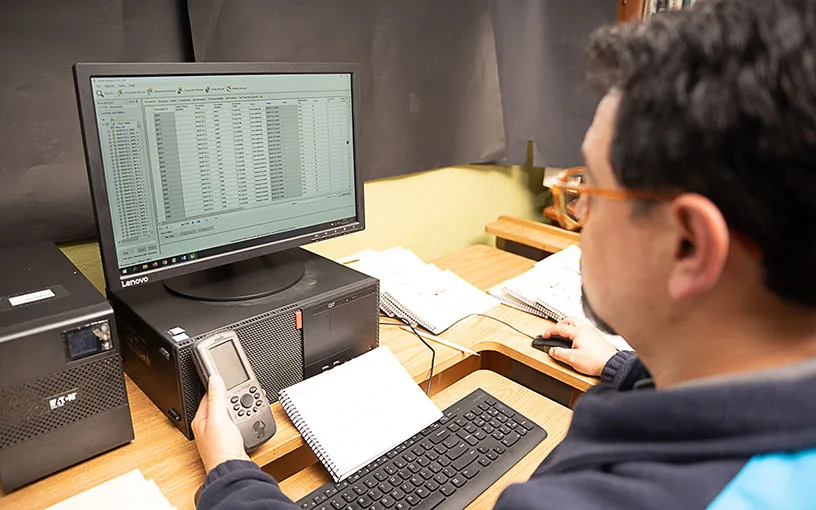
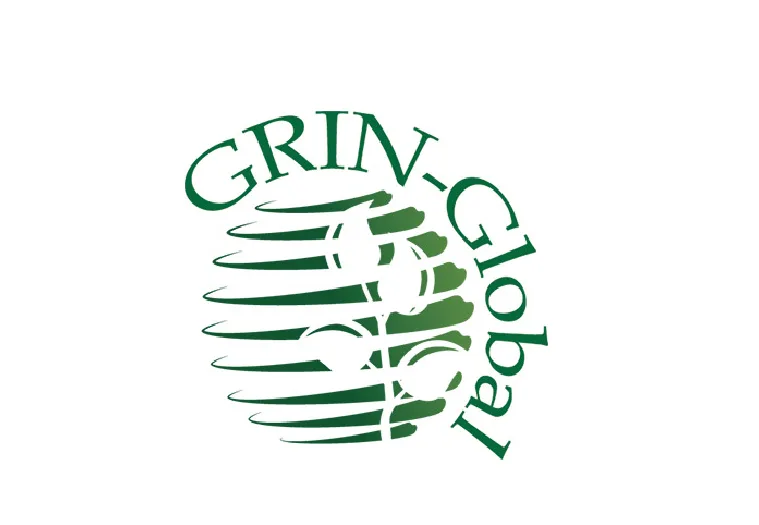
Since 2021, the migration of passport data began for 7,000 accessions, covering descriptors such as .accession number, genus, species, crop name, acquisition date, date of entry into the bank, country of origin, and collection site location.

In 2023, the GRIN-Global Community Edition system was evaluated as a more dynamic and user-friendly platform for managing accession data in the gene bank. Currently, taxonomy data for 28,680 accessions has been reviewed.

On the Genesys platform, basic passport data is available for 4,506 accessions of crops including maize, beans, potatoes, sweet potatoes, and cassava.
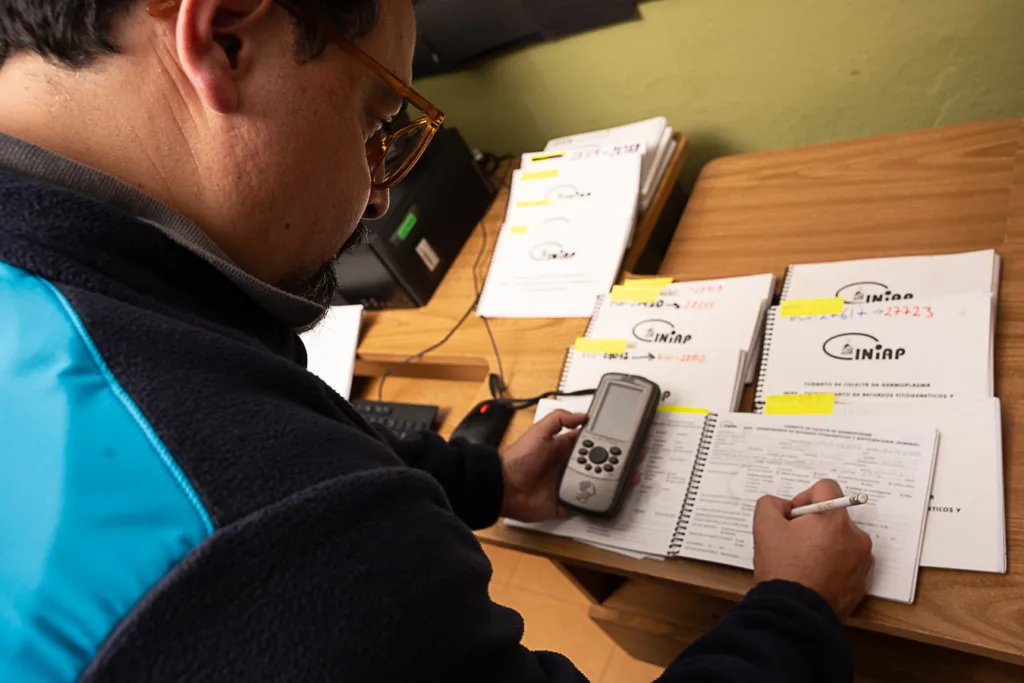
The FAO’s World Information and Early Warning System (WIEWS) contains summarized data on accessions preserved in the gene bank, based on the latest update in 2022.
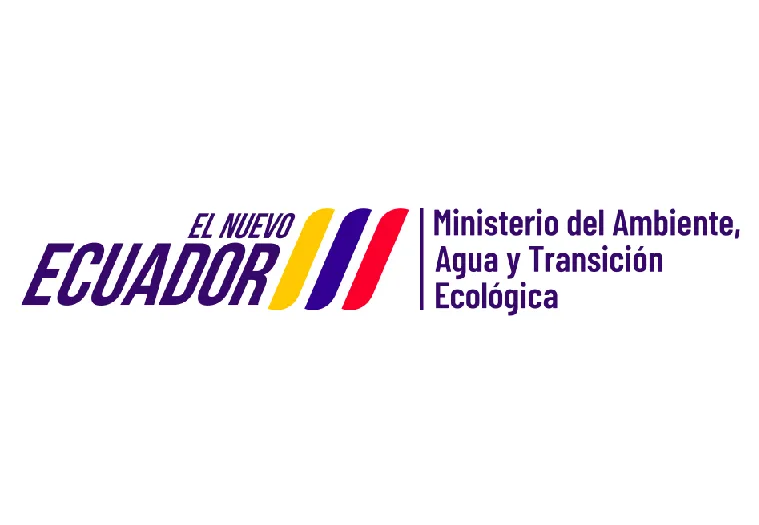
In 2022, DENAREF and the Ministry of Environment and Energy (MAE) uploaded passport and characterization data for the peanut collection stored in cold chambers to the GBIF platform.
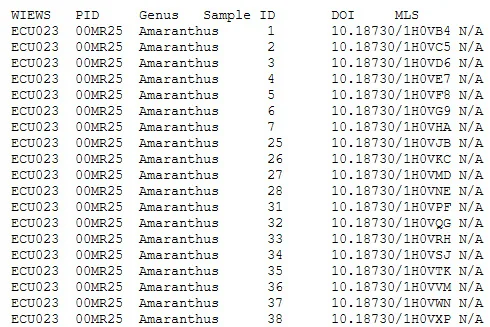
The use of Digital Object Identifiers (DOIs) enables the gene bank to assign globally unique identifiers to its accessions. Currently, there are 24 DOI assigned to Phaseolus, 12 DOI to Zea mays, 415 to Amaranthus spp. and 532 to Chenopodium quinoa.
![]()
